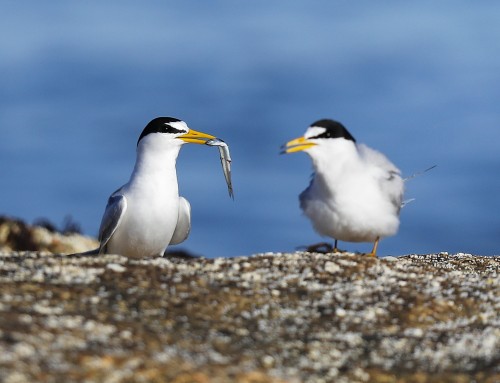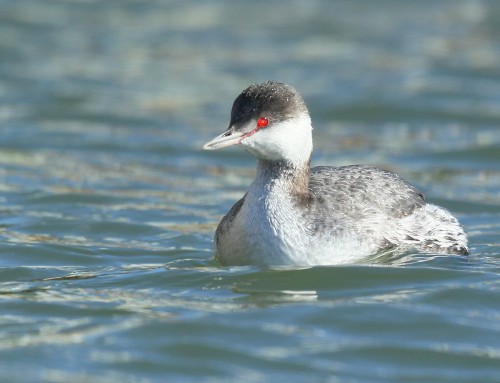Nov. 17, 2023: Laughing gulls seen in Falmouth during fall months, migrate south in winter as far as the Caribbean and Central America. They seek temperate conditions and ample food resources in coastal areas, estuaries, and beaches. One of the unique features of laughing gulls is their vocalization, which sounds like a high-pitched, laughing call. This characteristic call is where they get their name. This Laughing Gull was recently seen in Bourne’s Pond.
The fall migration of Laughing Gulls (Leucophaeus atricilla) in New England is a fascinating natural spectacle. Laughing Gulls are medium-sized birds with distinctive black heads, white eye arcs, and a characteristic “laughing” call that gives them their name. During the fall migration, which typically occurs from late summer to early fall, these birds travel from their breeding grounds in the northeastern United States and eastern Canada to their wintering grounds in the southern United States, Mexico, Central America, and the Caribbean.
As the Laughing Gulls pass through New England on their journey south, you may witness impressive flocks soaring through the skies. Their flight formations can be quite dynamic, as they navigate along the coastlines and sometimes even inland areas. The gulls often utilize thermals and updrafts to assist them in their long-distance journey, making their flight patterns both efficient and aesthetically pleasing.
During migration, the plumage of Laughing Gulls may appear slightly different from their breeding plumage. They may exhibit a mix of their distinctive black hoods, white bodies, and gray wings. Additionally, the gulls’ calls, which are a mix of cackles and laughter-like sounds, can be heard echoing through the air as they communicate with each other during their journey.
The fall migration of Laughing Gulls is not only a remarkable sight but also an essential aspect of their life cycle, allowing them to access more favorable wintering habitats with abundant food resources. Observing this migration can offer birdwatchers and nature enthusiasts a unique opportunity to appreciate the wonders of avian behavior and the interconnectedness of ecosystems.






Leave A Comment
You must be logged in to post a comment.